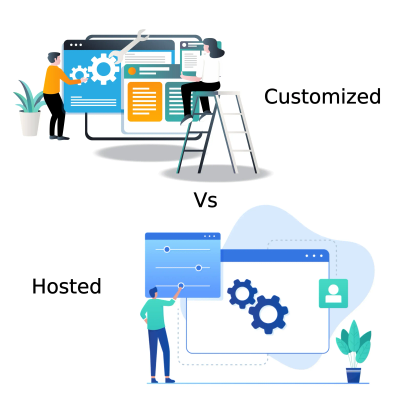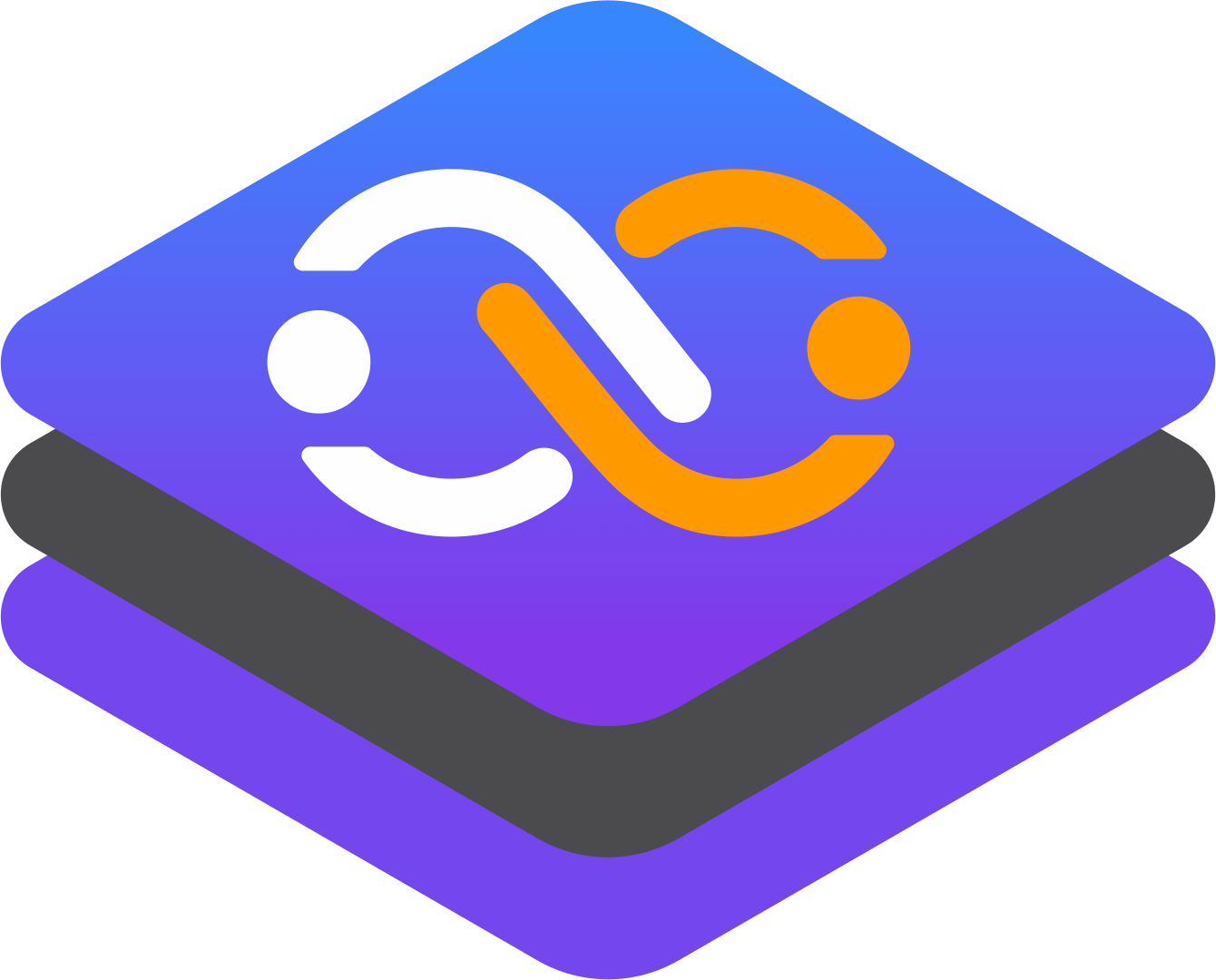Building vs. Buying : Unveiling the Advantages and Pitfalls of Customized vs. Hosted Internal Developer Platforms (IDP)

In the heart of modern software development lies a hidden battlefield: the struggle for developer efficiency and innovation. One of the key players in this pursuit is the Internal Developer Platform (IDP), a powerful tool that streamlines development workflows and enhances collaboration. However, organizations face a critical decision when choosing between a Customized Internal Developer Platform and a Hosted IDP Solution. We delve into the intricacies of both options, exploring their advantages and disadvantages to assist readers in making an informed decision tailored to their organization's needs.
I. Customized Internal Developer Platforms:
A. Definition and Characteristics:
Internal Developer Platforms tailored to specific organizational needs have gained prominence as businesses seek to optimize their development processes. These platforms are designed in-house, with customization at the forefront. From streamlined deployment pipelines to integrations with existing tools, the possibilities are vast.
B. Advantages:
Tailored to Specific Organizational Needs:
- Customized IDPs can be finely tuned to align with the unique requirements and workflows of an organization.
- This ensures that the platform seamlessly integrates into existing processes, reducing friction and enhancing productivity.
Enhanced Integration with Existing Systems:
- Integrating the IDP with other tools and systems becomes more straightforward, fostering a cohesive development environment.
- This high level of integration leads to better data flow, collaboration, and overall efficiency.
Increased Flexibility and Control:
- Customization allows for flexibility in adapting to changing requirements, ensuring the platform remains relevant as the organization evolves.
- Control is achieved by tailoring the platform to have a finer granularity of oversight, allowing for precise adjustments and optimizations based on evolving needs and technical considerations.
C. Challenges:
Higher Initial Development and Maintenance Costs:
- Building a customized IDP requires significant upfront investment in terms of development resources, time, and costs.
- Ongoing maintenance and updates contribute to the total cost of ownership, making it essential to weigh the benefits against the expenses.
Time-Consuming Implementation Process:
- Developing a bespoke IDP takes time, potentially delaying the benefits it brings to the development process.
- The time investment may be a critical factor for organizations with pressing deadlines or those looking for rapid deployment.
Continuous Adaptation to Evolving Requirements:
- The dynamic nature of the tech industry means that organizational requirements can evolve rapidly.
- Keeping a customized IDP aligned with these changes demands ongoing efforts and resources.
II. Hosted IDP Platforms:
A. Definition and Features:
Hosted IDP platforms, on the other hand, are third-party solutions that provide a ready-made environment for development teams. These platforms are designed to offer quick setup and a range of features out of the box.
B. Advantages:
Rapid Deployment and Setup:
- Hosted IDP solutions are designed for quick deployment, enabling development teams to get started swiftly.
- The setup process is streamlined, reducing the time and resources required to implement the platform.
Reduced Upfront Costs:
- Unlike customized IDPs, hosted solutions often come with lower initial costs as they eliminate the need for extensive in-house development efforts.
- This can be particularly attractive for smaller organizations or those with budget constraints.
C. Disadvantages:
Limited Customization Options:
- Hosted IDP platforms may lack the level of customization needed to align seamlessly with specific organizational workflows.
- This limitation can hinder the platform's ability to adapt to unique development processes.
Potential Integration Challenges:
- Integrating a hosted IDP with existing tools may present challenges due to predefined integrations and limited flexibility.
- This could result in a less cohesive development environment and reduced efficiency.
Dependency on Third-Party Providers:
- Relying on a hosted solution implies entrusting the third-party provider with the platform's availability, security, and performance. However, it is essential to acknowledge the inherent risk associated with these dependencies.
- These third-party platforms may undergo changes or modifications at any time, necessitating a proactive approach on our part to adapt and align our systems accordingly.
- Thus, ongoing evaluation and vigilant monitoring of these dependencies are crucial to promptly identify and address potential risks, ensuring a resilient and adaptable organizational infrastructure.
III. Comparative Analysis:
A. Performance and Efficiency:
Speed of Deployment and Iteration: Customized IDPs may have a longer initial setup time, but they offer faster iteration cycles once deployed. Hosted solutions excel in quick deployment but may lag in adapting to evolving needs.
Resource Utilization and Optimization: Customized IDPs can be fine-tuned for optimal resource utilization, catering to specific performance requirements. Hosted solutions may prioritize general optimization, potentially resulting in suboptimal resource utilization for specific use cases.
B. Cost Considerations:
Initial Setup Costs: Customized IDPs generally have higher upfront costs due to development efforts. Hosted solutions provide a cost-effective entry point but may have long-term subscription costs.
Long-Term Maintenance Expenses: Customized IDPs require ongoing maintenance, which can contribute to long-term costs. Hosted solutions transfer maintenance responsibilities to the provider, but subscription fees may accumulate over time.
C. Flexibility and Adaptability:
Accommodating Changes in Development Practices:
- Customized IDPs excel in adapting to evolving development practices and changing organizational needs.
- Hosted solutions may struggle to accommodate unique workflows without extensive customization options.
Scaling with Organizational Growth:
- Customized IDPs can scale with the organization, evolving alongside growing requirements and user bases.
- Hosted solutions may offer scalability features, but customization limitations can hinder seamless scaling.
IV. Best Practices for Choosing an IDP Solution:
A. Evaluating Organizational Needs and Goals:
-
Conduct a thorough analysis of your organization's development workflows, goals, and specific requirements.
-
Consider factors such as project complexity, team size, and scalability needs.
B. Considering Development Team Feedback:
-
Solicit feedback from the development team to understand their preferences and pain points.
-
Involving the end-users in the decision-making process ensures that the chosen IDP aligns with their workflow and enhances productivity.
C. Balancing Customization and Simplicity:
-
Striking the right balance between customization and simplicity is crucial. While a highly customized IDP may align perfectly with specific needs, it could introduce complexity.
-
Consider the learning curve for the development team and the ease with which the platform can be adopted across the organization.
D. Scalability and Future-Proofing:
-
Assess the scalability features of the IDP solution and its ability to accommodate future growth.
-
Ensure that the chosen platform is adaptable to emerging technologies and can seamlessly integrate with evolving development practices.
E. Security and Compliance:
-
Prioritize security features to safeguard sensitive data and ensure compliance with industry regulations.
-
Evaluate the hosting provider's security measures for hosted solutions and implement additional measures for customized platforms.
V. Conclusion:
As organizations navigate the complex landscape of Internal Developer Platforms, the decision between a Customized IDP and a Hosted Solution carries significant implications. Customized platforms offer tailored solutions that align closely with organizational needs, providing flexibility and scalability but come with higher development and maintenance costs. Hosted solutions, while cost-effective and quick to deploy, may lack the level of customization needed for unique workflows.
In the end, the choice between these two options depends on the specific context of each organization. Best practices involve a careful consideration of organizational needs, feedback from the development team, and a balance between customization and simplicity. Scalability, security, community support, pilot testing, and a thorough cost-benefit analysis should all play a role in the decision-making process.
